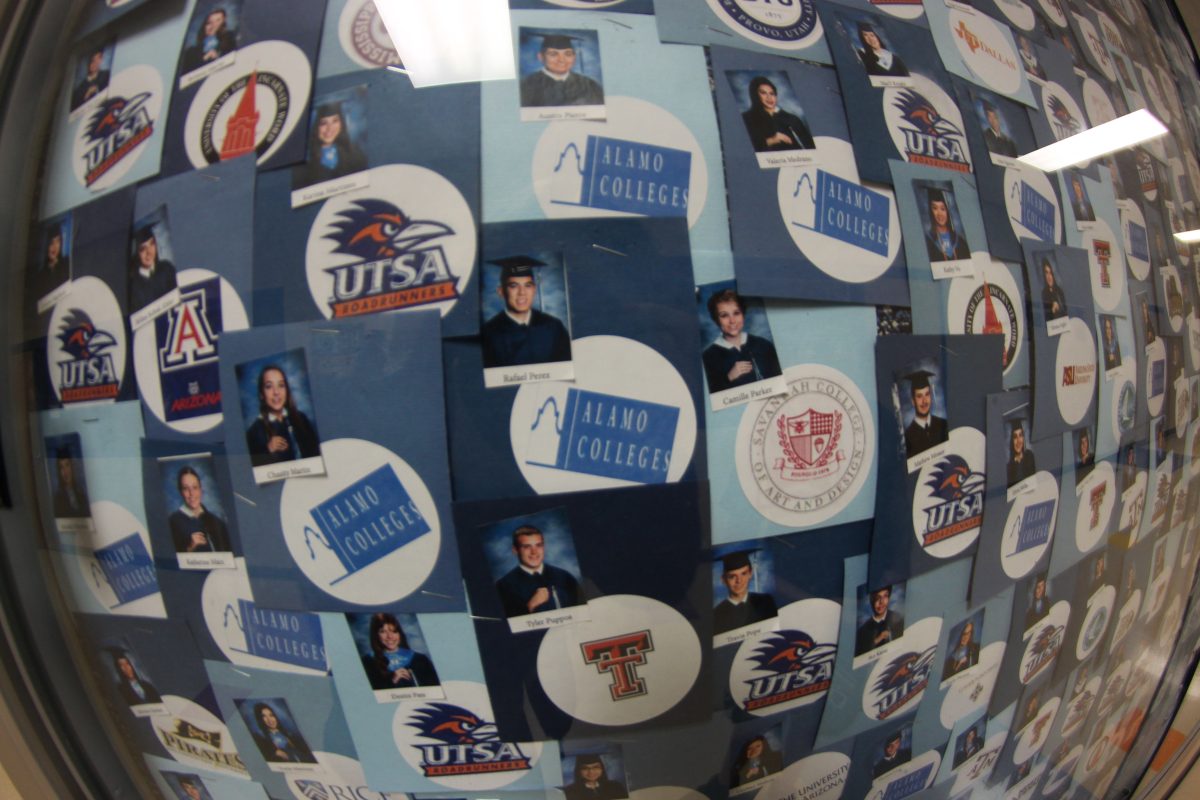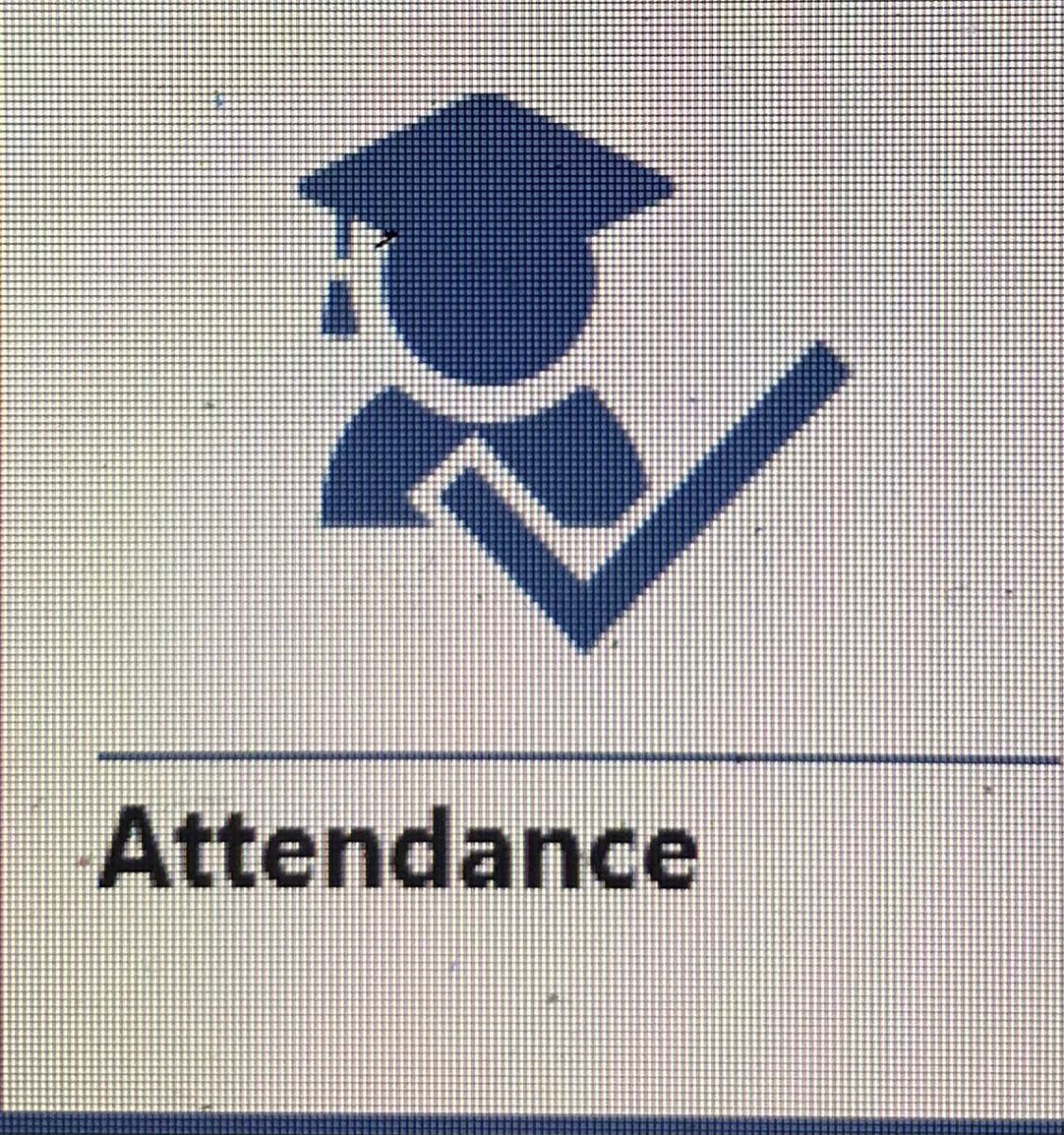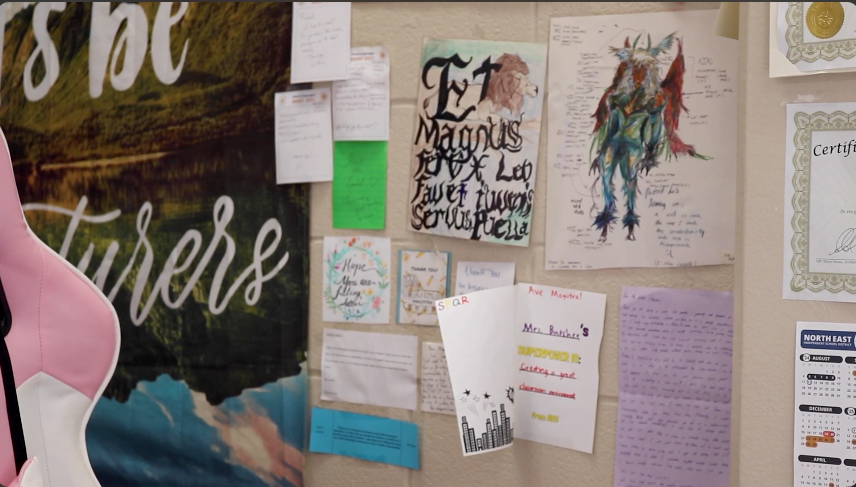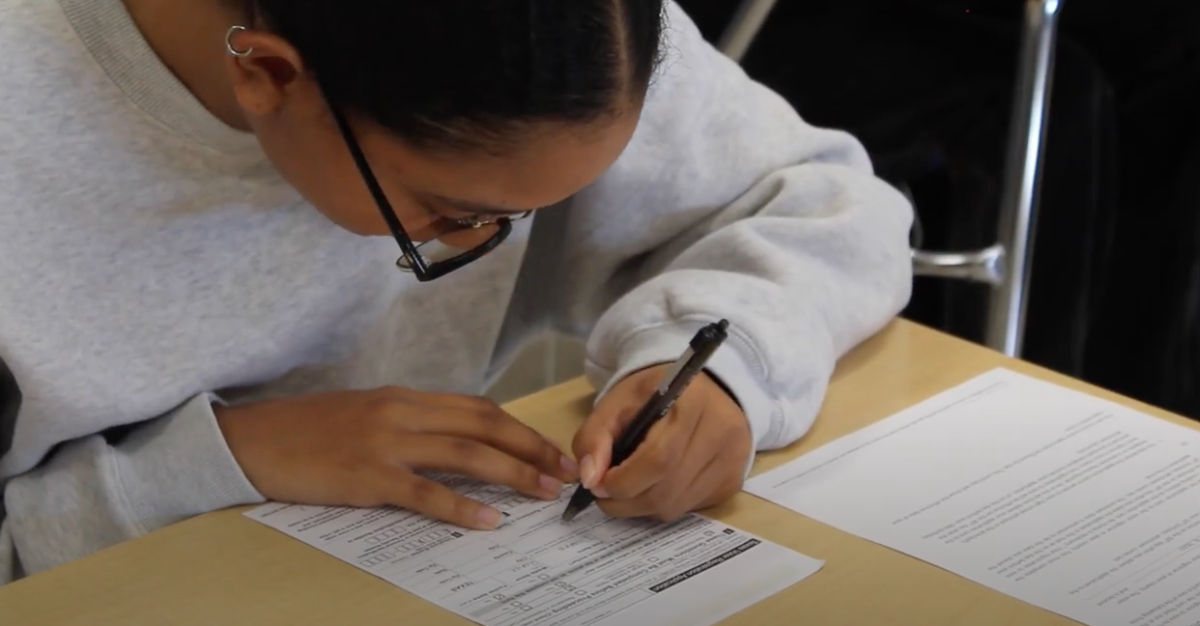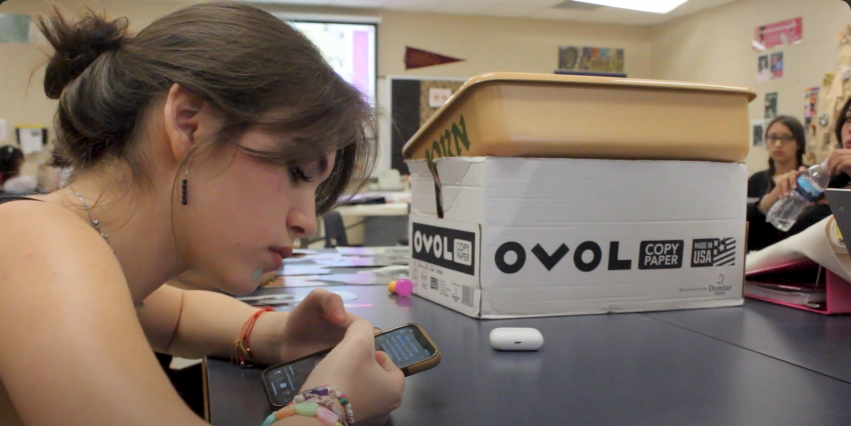by Felicia De Innocentiis |Staff Writer

As the semester continues, the inevitable reminder of college and the application process lingers in the brains of seniors. The transition from high school to college life can be grueling, especially with the thought of applying for scholarships and financial aid for big time universities. For college freshman and former Johnson student Stefan Palacios, his plight was eased by the certainty of attending a community college close to home, compared to the competitive anxiety of going directly to a four year university.
“I go to Northeast Lakeview College. It’s part of the Alamo colleges, like SAC,” Palacios said.
Palacios originally intended on going to a university, but instead changed his plans to attend a community college.
“I changed my mind mid-last year for economic reasons. It’s really the best decision I’ve made about college, especially since I plan on transferring to Incarnate Word.”
According to Beyond-it-inc.com, enrollment into community colleges from 1998 to 2008 had grown by 225% nationwide, most notably due to economic and financial circumstances.
“I decided to go to community…because Incarnate Word is very expensive, but they have the most comprehensive 3D animation program I’ve found from a reputable school in the city,” Palacios said.
By taking his basic courses at a community college, Palacios is able to cut out extra costs and earn his degree in a cost-effective manner.
“I don’t really think I’m missing out on anything major in a four year university that I’m getting right now. Most of my teachers teach the same classes at UTSA,” Palacios said.
Counselor Patti Snider, a firm endorser of community college, believes students should take advantage of their local resources for multiple reasons. The foremost being that community college tuition is a fraction of a university’s.
“The first benefit would be financial, because junior colleges are so much more affordable than a four-year university,” Snider said. “With the economy today, I think people are definitely seeing how they can stretch their dollar.”
Junior colleges are known for their basic transitionary courses and smaller class sizes compared to universities, but the criterium for both types of freshman would be nearly identical.
“You’re taking, no matter where you go…freshman english, college algebra. You’re taking government, you’re taking US history. All those classes you took in high school. Everybody pretty much has to take those classes again their freshman year,” Snider said.
As for campus life, most community college campuses are traditionally non-residential, so students may not receive the ideal college experience. The constant commute can make the atmosphere feel nostalgically like high school. In terms of extracurriculars, junior colleges take every measure to get students involved on campus. However, the leniency with school work that was commonplace in high school will be scarce.
“A deadline is a deadline in the real world,” Snider said.
The biggest bonus when it comes to community college is the quality of what you get for your tuition fees.
“When you go to a four-year, often times you’re taught by a teaching assistant, not a doctorate. Whereas, if you go to a junior college, you’re being taught by a teacher that has a master’s degree, and sometimes a doctorate,” Snider said.“It’s kind of ironic because you’re paying all that money and you’re being taught by a teacher’s assistant.”
Even with direct enrollment and little financial woes, expectant college freshman should be aware not to shirk of academic responsibilities so soon. Many of The Alamo Colleges give away scholarships to graduating seniors and create many opportunities to excel.
“A lot of people don’t realize that [junior colleges] have honors programs and scholarship opportunities. So the better overall grade point average and rank is, the better you’ll be prepared to compete for one of those scholarships,” Snider said.
Community colleges are a local way to test the waters of what life on a university campus could feel like, and a great many people use them to help the transition from high school to college without the staggering cost. When a student transfers to a university to earn their bachelor’s degree, it holds the same equivalency as anyone who went there for all four years. Students who may be unsure of their future careers may want to tap into their local resources.
“When you graduate from a four-year university, you have a diploma from that university, and no where on that diploma does it say, “I spent my first two years at a community college,” Snider said.





